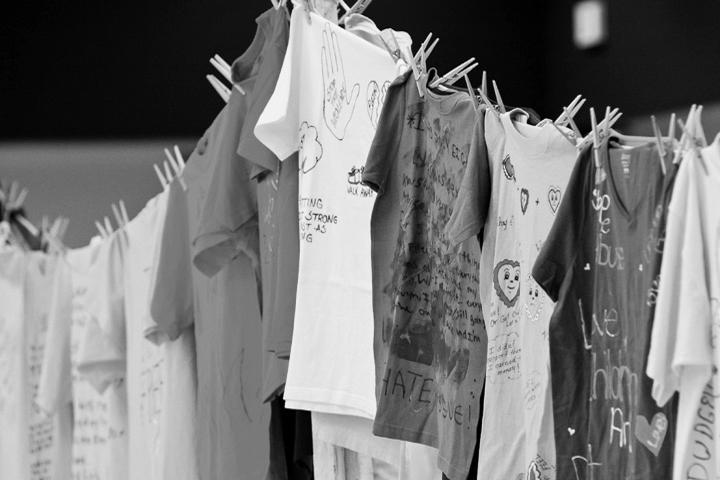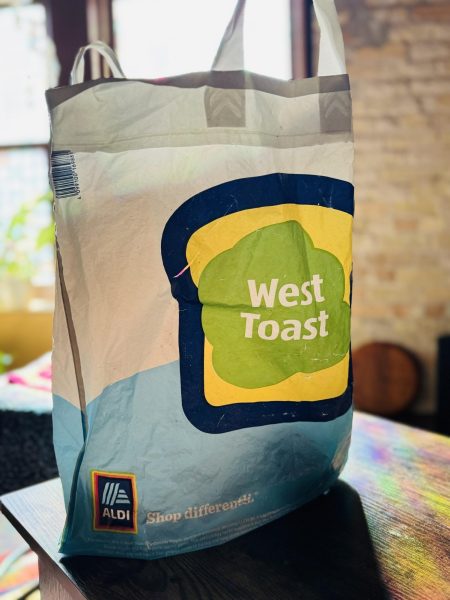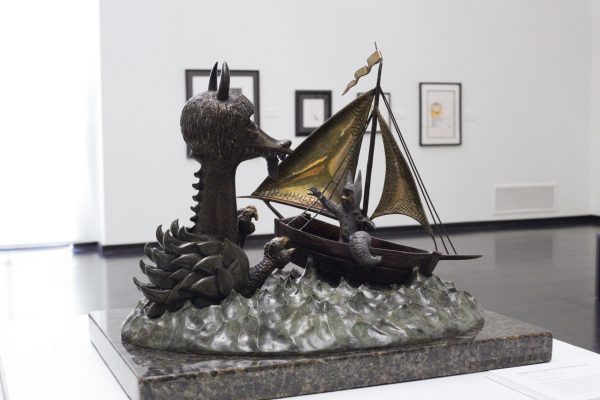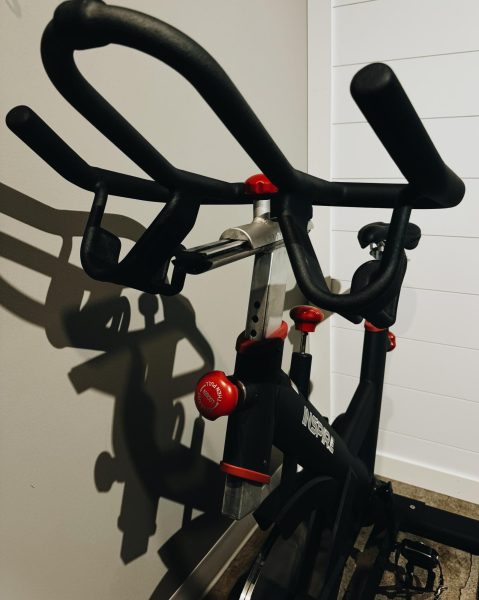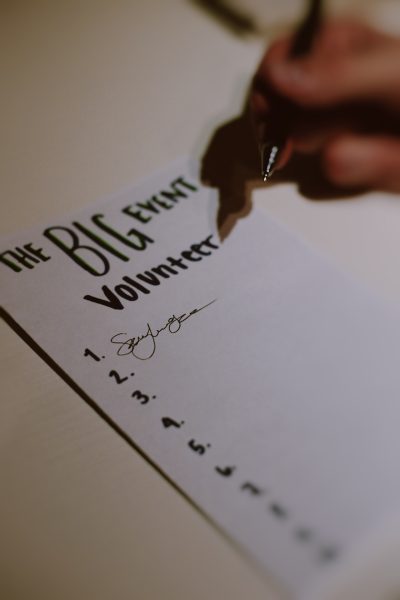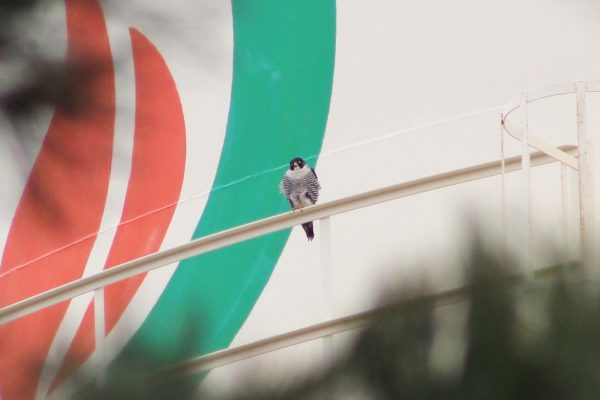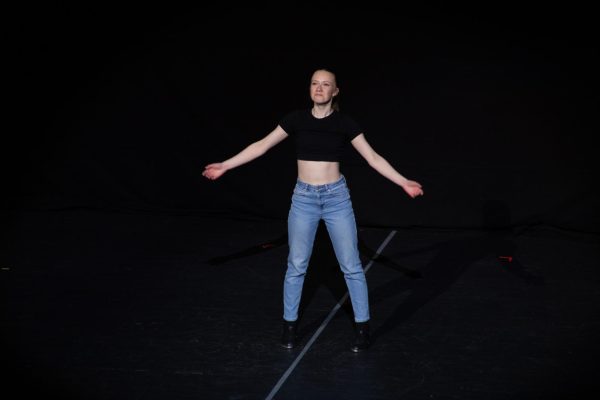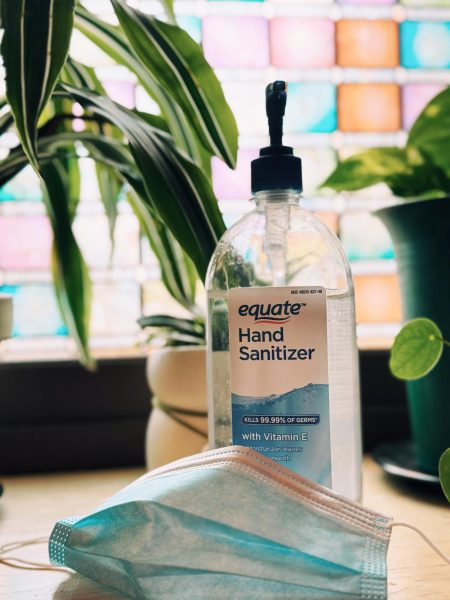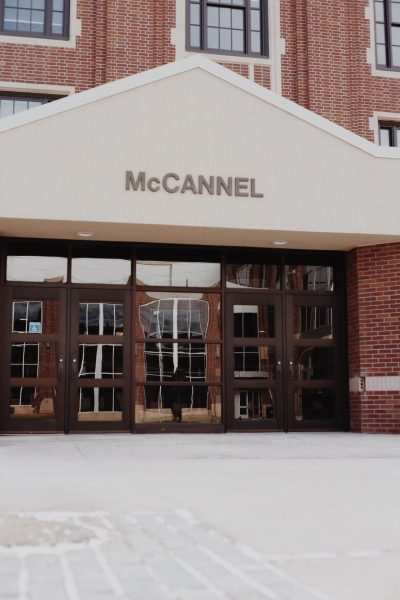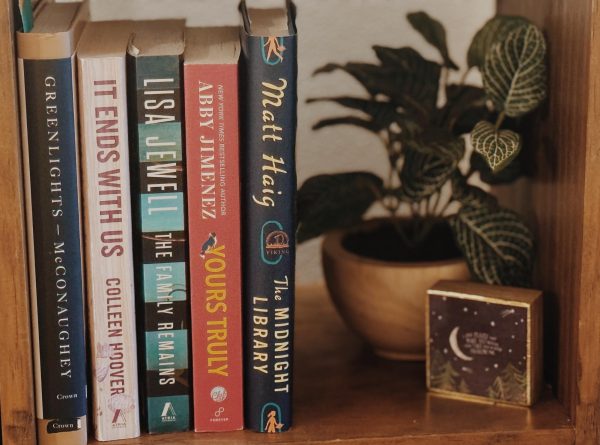Preventing violence against women
The Clothesline Project last year in the Memorial Union. File photo.
October brings falling leaves, pumpkin spiced everything, scarves and sweaters and spooky decorations. The horror movies begin to play on TV, and scary costumes are bought or made, filling the air with all things creepy, crawly, monstery — fun times with scares and thrills, leaving as quickly as they arrived.
The month also shows us other monsters through the annual Clothesline Project. These monsters are different; they’re real.
The Clothesline Project is held every year nation wide. The goal of the project is to spread awareness of abuse and violence against women as well as be a tool for the sufferers, survivors, their friends and their families to share their stories. The name is such for the way these stories are shared — written or drawn on t-shirts, which are then pinned up on clotheslines for display.
Each shirt color and size, represent a different story. White shirts are for women who died because of violence. Yellow are for battered or assaulted women. Red, pink and orange are for survivors of rape and sexual assault. Blue and green are for women who survived incest or sexual abuse. Purple is for women who were attacked on sexual orientation. Grey, for women emotionally or verbally abused. Brown for women spiritually abused, and black represents women attacked for political reasons.
Sounds are played on loudspeakers in the room in which the clothes hang. They represent events happening today in the US; a gong when a woman is battered (every 10-12 seconds), a whistle indicating a woman being raped (approximately 60 seconds) and a bell for when a woman has been killed in a violent attack (around every 15 minutes).
These auditory stimulants keep the room somber.
My first time going to the Clothesline Project was my freshman year with my composition class. I had planned on going prior to the class, so I was glad to hear we were required to go.
The air of the ballroom was solemn and still. Very little small talk was occurring — only the sounds of individuals’ shoes moving slowly up and down the aisles of shirts and the soundtrack of the indicators. I knew from the very beginning it was going to be a heart wrenching experience, though I didn’t know to what extent until I walked through the entirety of the display.
I had never attributed the word “abuse” to what I experienced in my recently ended relationship at the time.
I arrived to my dorm filled with confusion, rage and tears. I knew I was hardly treated right in those 10 months, but abused? No. After the initial wave of emotions, I accepted the word to my experience. The manipulation, the guilt trips, the physical intimidations, the violent mood swings, the emotional tolls and verbal assault I encountered fit with that word.
I had been abused.
I very quickly became angry at myself for allowing it, after helping others leave such relationships in the past as well as letting the abuser control me the way he did.
A few days passed, and I went to the project again, this time with a new lens. I reread every shirt, every story. I dissected the pamphlets. I told others about the event. I wrote about the event and my feelings on it online and in my journal. I cried. A lot. It was reopening a wound that I didn’t know was there. But it was good that it happened.
A year later, I began seeing a therapist who referred me to the Community Violence Intervention Center, CVIC, for their Women’s Support Group. I initially thought I wasn’t eligible as it wasn’t a long relationship and what I endured wasn’t nearly as bad as the stories I read on the shirts. But I went.
The very first meeting, the leader gave us a handout. One of the passages on the handout really resonated with me: “Women who come to group often are afraid that their abuse wasn’t bad enough to qualify them to participate. Those statements show how we’ve been taught to minimize abuse in this society. If you’ve suffered abuse less severely than another here, that doesn’t lessen your suffering.”
I still think of these three sentences and recite them to others going through similar situations. I reminded myself of this over and over throughout the duration of my group attendance and healing process.
Today, I know I have come so far from those nightmare-ridden, over-the-shoulder-glancing days. I know that I am strong, brave and that I matter. Many women, especially in abusive or violent environments, are not able to know that feeling. This project gives these women an outlet for their pain and a chance to escape their situation.
The Clothesline Project, along with Take Back The Night, are two of the most important events one could possibly attend.
Fear isn’t something eerie going thump in the night. Fear is walking down the street hoping you don’t run into a strange man alone. Feat is being unsure if you will survive an attack. Bravery is what keeps you walking. Bravery is what keeps you holding on, keeping hope. Support your fellow brave women and help them to not be afraid anymore.
Steph Gartner is a staff writer for The Dakota Student. She can be reached at [email protected].


